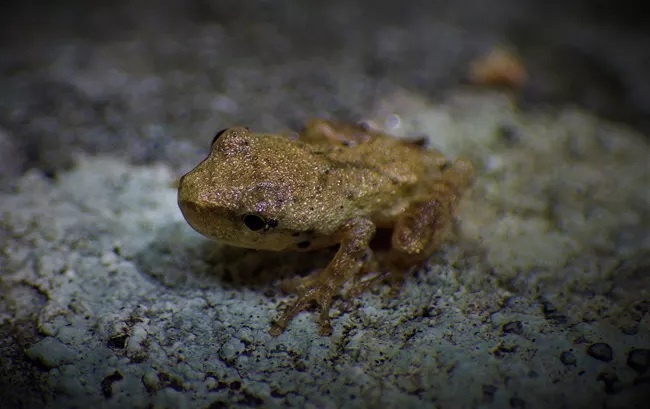The following paper was published back in 2013, but we just came across it, and felt it is still very germane to today’s restoration economy issue.
Interest in the socioecology (study of the interaction of biogeophysical dynamics with associated social actors and institutions in human-dominated ecosystems of urban watersheds has increased over recent decades, as a result of four factors.
First, the increasing area of urban and suburban land cover, and its effects on hydrology and pollutant fluxes, have raised concerns about associated impacts on adjacent water bodies.
Second, the vast majority of human–environment interactions now occur in cities, which makes urban areas fertile ground for exploring linkages between environ-mental quality, human well-being, and sustainability. These socioecological interests are particularly relevant in cities undergoing dynamic cycles of development, decay, and redevelopment.
Third, governmental policy, regulation, and funding stemming from the U.S. Clean Water Act have required municipal governments to develop innovative, effective, and inexpensive approaches to improve stormwater management. Stormwater-associated infrastructure effectively reduces flooding risk in cities, but it also creates problems with receiving water quality and aquatic ecosystem integrity.
Finally, economically troubled communities have been taking action in recent decades through the encouragement, education, and resources shared by non-profit organizations that facilitate local, hands-on, restoration projects.
Small-scale community-driven projects have produced anecdotal evidence that there are critical links between ecological and socioecological revitalization.
Efforts such as vacant lot conversion to parks, the planting of street trees, stream cleanups, and community gardens appear to create social cohesion, increase access to municipal ser-vices, and create positive feedbacks for ecological, physical, social, and economic improvements.
Understanding the mechanistic nature of these links could have important implications for urban management and sustainability.
Photo of Spring peeper (Pseudacris crucifer) in restored wetland near Baltimore Spring peeper is by NPS/Lindsey Pekurny

